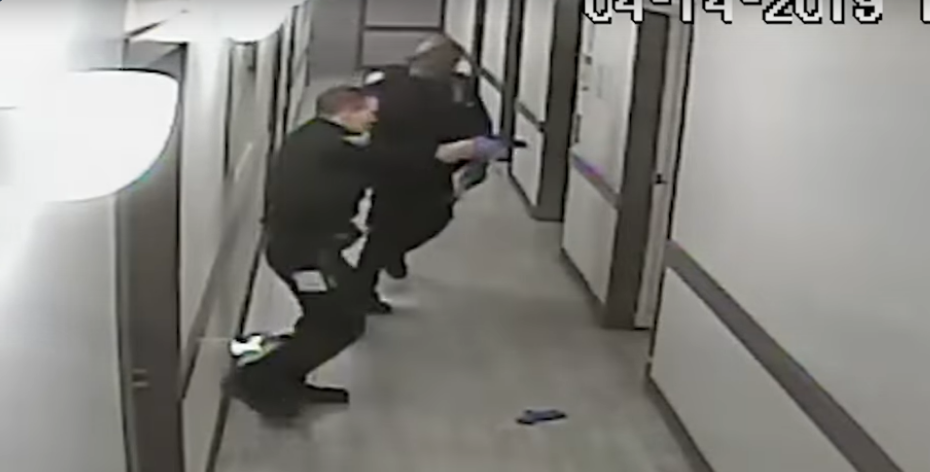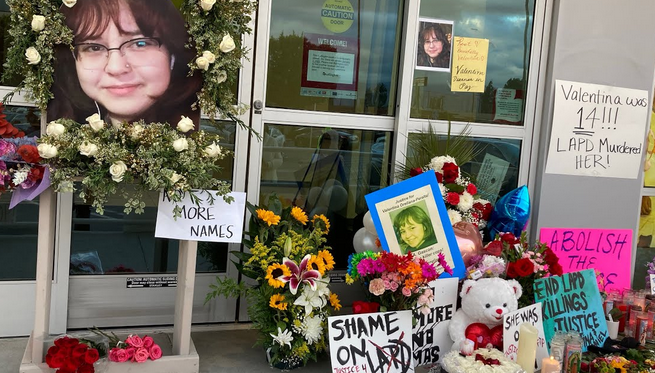Police state?
In Ferguson, Missouri, hundreds marched after the shooting of Michael Brown, 18, Black, and unarmed, by a White officer. Standing face-to-face with police in full riot gear, the Ferguson protesters tapped into the power of protest similar to the days of the Civil Rights era.
Civil rights laws were enacted, in part, due to protests. Sit-ins by college students, marches for voting rights, boycotts of buses desegregated this country. In 1963, Dr. Martin Luther King’s March on Washington for Jobs and Freedom was the largest protest rally in American history and led to passage of the 1964 Civil Rights Act.
Because protest rights are broadly defined, the U.S. Supreme Court upheld the right of the Ku Klux Klan to march through a Jewish community; political protesters’ to burn the American flag; and, this year, struck down buffer-zones thus allowing anti-abortion protesters’ to confront women entering clinics. However, the Supreme Court prohibits protests on its Plaza.
The word protest is not contained within the U.S. Constitution. It is based on First Amendment rights of freedom of speech, assembly, and the right to petition the government for redress of grievances. Freedom of speech includes freedom of expression. Protesters can shout or be silent, march or stand still, hold signs, chant, or hand-out leaflets.
Protests can be legal or illegal. A legal protest, or procession, requires a permit from City Hall or police department. A designated person completes this form with date of protest, approximate number attending, venue and that person’s name, address, and email, if completed online.
Denying a permit, or restricting the protest to some remote area, can be appealed in court. No names or addresses of attendees must be given. Membership lists are private based on Bates v. City of Little Rock, a famous NAACP case. Once granted, police have a legal duty to protect protesters against opposing crowds.
Marching without a permit can be illegal or an act of civil disobedience. Civil disobedience means protesters choose to break what they consider unjust laws for just reasons. Dr. Martin Luther King studied how Mahatma Gandhi used civil disobedience in India. Gandhi’s followers blocked traffic and disrupted businesses in their struggle for freedom. In 1773, Boston colonists, dressed as Native Americans, protested British taxes by throwing crates of tea overboard.
But, civil disobedience can lead to arrests. Dr. Adelaide Sanford, 89, the grand-dame of New York civil rights, has been arrested 3 times for protesting. In 2001, Rev. Al Sharpton served 90 days in jail for his protest against military exercises on the Puerto Rican island of Vieques. Anti-apartheid protests led to the arrest of many public figures in the 1980s.
Although often a reaction to tragic events, protests can be planned. During the Civil Rights Movement, community members held meetings to discuss the protest route, speakers, and expectation for behavior. Attorneys were on-call. Bail money set aside.
Facing a militarized police force such as in Ferguson, means police are using tanks, rifles, tear gas, stun grenades, and riot gear in addition to pepper spray and tasars. Groups have posted information on how to best respond to these military tactics at www.Freedommanual.blog.com
Harvard Criminal Law Professor Alan Dershowitz says “Police testily” or perjure themselves to get a conviction. Since Rodney King, and the protests that followed police acquittal in his case, recording officer conduct has become common. But, reaching for a camera-phone during a confrontation may be mistaken for a gun. It is legal to record police actions from a safe distance.
Washington Post reporter Wesley Lowery and Huffington Post reporter Ryan J. Reilly, both Black, were detained in Ferguson while videotaping officers. Police can dispute video such as with Eric Garner, an unarmed, Black, Staten Island, NY, man allegedly killed by police choke-hold.
Protests require self-control. With or without a permit, protesters cannot incite violence, physically harm others, or damage property. Even Dr. Martin Luther King, a veteran of protests, lost control of marchers in Memphis, TN. Looters smashed store windows. Dr. King was ridiculed, nationally, for failing to control protesters.
During the Civil Rights era, protests were part of a larger action plan of litigation and legislation in order to improve schools, change voting districts, end discriminatory hiring, and push for promotion of Blacks to higher level positions.
Images of Ferguson’s police, atop tanks with machine guns, like those pictures of protesters attacked by police dogs and water hoses, in Birmingham, Alabama, decades ago, are being shown around the world, binding untold millions in their protest for justice.
Gloria J. Browne-Marshall, an associate professor of Constitutional Law at John Jay College (CUNY), is a legal correspondent covering the U.S. Supreme Court, major legal issues, and the United Nations.












